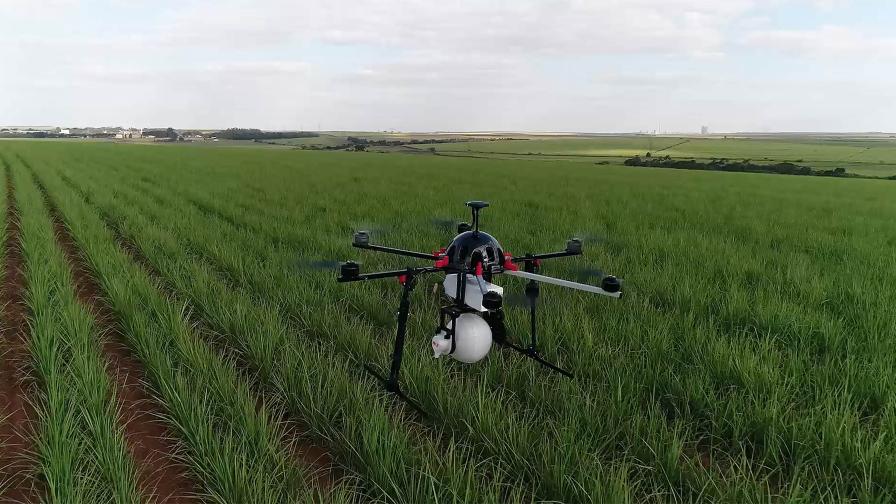Herbicide, Corn Seed Sales in Latin America, U.S. Boost Syngenta

Syngenta, the world’s largest agrochemicals maker, posted a 17% jump in profit in 2012, as adverse weather that pushed commodity prices higher led growers to invest more heavily in crop protection.
Sales in North and Latin America — where unusually hot, dry conditions hurt crop production — sharply outperformed other regions and the company said it is optimistic about 2013.
“Growers in the affected regions [of adverse weather] had to adapt quickly in terms of planting and investment decisions, while also dealing with ongoing challenges such as weed and insect resistance,” Chief Executive Mike Mack said.
Syngenta, based in Basel, Switzerland, also said it will invest $77 million to quadruple its seed production capacity in Formosa, Brazil.
In 2012, sales in its crop protection business soared 19% in North America and 12% in Latin America. Sales in Europe, Africa and the Middle East fell 2%, while Asia Pacific decreased 5%.
Every one of its crop protection product lines posted increases. Here are some of the highlights:
- Herbicides led the pack. Selective herbicide sales rose 12% to $2.94 billion, as its Axial product for cereals showed double-digit gains in all regions, with particular strength in Canada.
- Adoption of Dual/Bicep products on sugar cane in Brazil “is accelerating rapidly.”
- Non-selective herbicide growth was also 12%, totaling $1.25 billion for the year, boosted by Gramoxone in Latin America and the U.S.
- Non-selective herbicide sales in the developed markets of Asia Pacific were lower, “partly due to non-renewal of the registration in South Korea,” it said.
- Fungicides edged up 2% to $3.04 billion, as its key Amistar product saw higher volume on its strategic offer of multiple mixtures and formulations adapted by crop and geography.
- Insecticides climbed 3% to $1.84 billion, as mild and dry weather throughout the U.S. corn belt drove early insect pressure.
- Seed care increased 9% to $1.11 billion on growth in Cruiser and Celest/Maxim seed treatments. Emerging markets showed more than 20% sales gains.
Its seed business – comprising corn and soybeans, diverse field crops and vegetables – jumped 14% for the year to $3.24 billion. A $200 million gain in corn trait royalty income in North America helped its business in the first half of the year.
Latin America corn boomed on the expansion of the second season in Brazil, where its sales were up more than 30%. Spurred by growth in the pork and poultry sectors, the value of Brazil’s corn seed market is expected to reach $2.7 billion by 2020 with increased second season production and greater technology adoption.
Total sales for 2012 climbed 7% to $14.2 billion, on an appreciating U.S. dollar, a 7% increase in volume and a 3% rise in prices. Sales rose 10% at constant exchange rates.
Two years ago, Syngenta announced it would drive its portfolio by crop, a move Mack credited with an increase in its targeted sales to $25 billion by 2020 for the eight crops.






